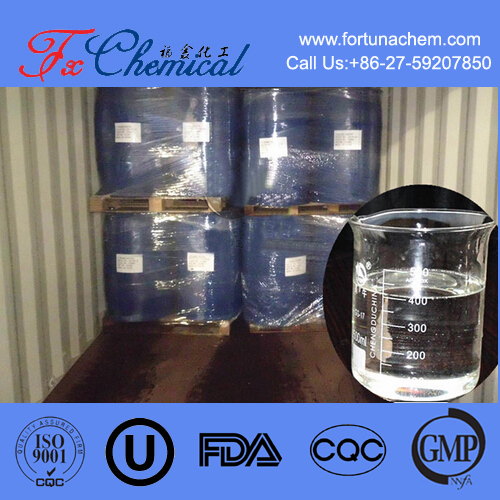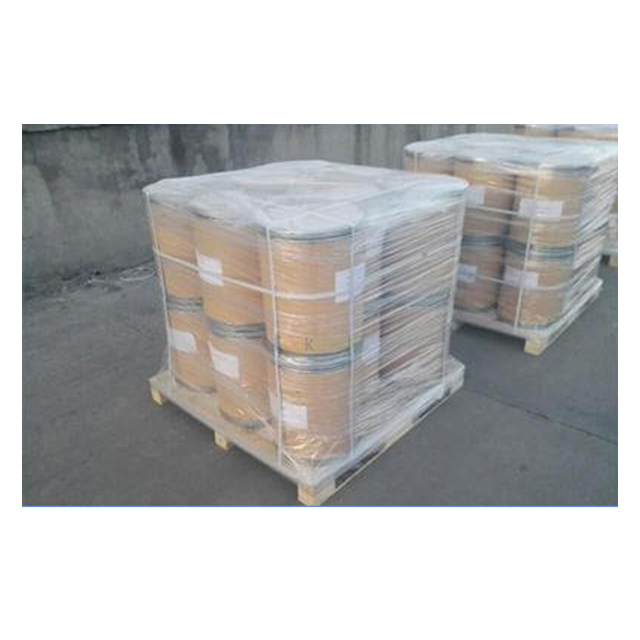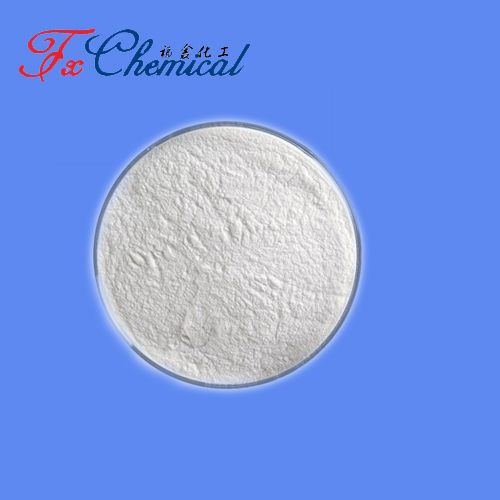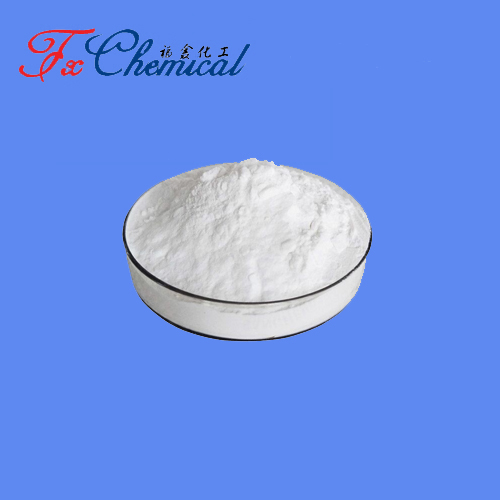
Search

Search

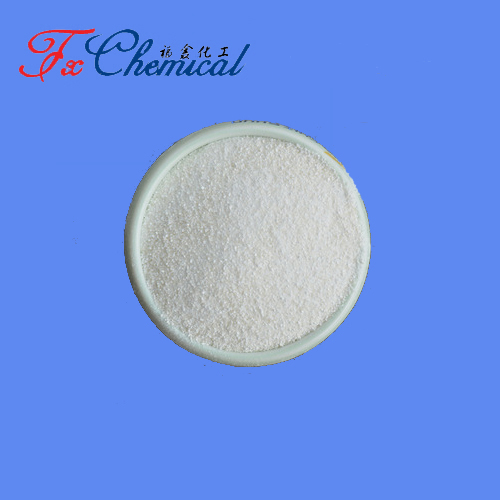

18-Crown-6, also known as 18-Crown-6 ether, is a type of crown ether with the chemical formula C12H24O6. It consists of a ring of 18 atoms, with six oxygen atoms spaced at regular intervals to form a cyclic structure. The "6" in the name refers to the number of oxygen atoms, and the "18" refers to the total number of atoms (including carbon and oxygen) in the ring.
Crown ethers like 18-Crown-6 are used in chemistry for their ability to selectively bind certain metal ions, especially alkali metals like potassium (K+) and sodium (Na+), by forming a stable coordination complex. The structure of 18-Crown-6 allows it to "crown" a metal ion, with the oxygen atoms acting as donor atoms that coordinate with the metal.
This compound is important in various applications, such as:
Solvent extraction: To separate or concentrate certain metal ions.
Ion transport: It can facilitate the movement of ions through membranes.
Catalysis: Used in some chemical reactions to help stabilize intermediates or to enhance the reactivity of certain species.
The crown ether's ability to form these complexes makes it valuable in both synthetic and analytical chemistry.
18-Crown-6 has several important applications, particularly in the fields of chemistry, materials science, and medicine. Some key applications include:
18-Crown-6 is highly selective for certain metal ions, especially alkali metals such as potassium (K⁺), sodium (Na⁺), and lithium (Li⁺). It forms stable complexes with these ions by coordinating with them through the oxygen atoms of the crown ether. This property is useful in several areas:
Extraction and Separation of Metal Ions: 18-Crown-6 is often used in solvent extraction processes to separate and concentrate metal ions from mixtures. For example, it is used to extract potassium ions from aqueous solutions, because it can selectively bind to K⁺.
Ion Transport and Membrane Science: In synthetic systems, 18-Crown-6 is used to facilitate the transport of specific ions through membrane structures. It can form complexes with ions and carry them across a membrane, which is important in applications like electrochemical cells or membrane-based sensors.
18-Crown-6 is used as a catalyst or a catalyst modifier in certain chemical reactions. The crown ether can stabilize intermediates in reactions, particularly those involving metal cations. It helps control the reactivity of metal ions and can direct reactions in specific directions, making it valuable in organic synthesis and other chemical processes.
Phase-Transfer Catalysis: It can help promote reactions between ionic species in different phases (e.g., between aqueous and organic phases) by helping to transfer ions across phase boundaries. For example, it may assist in reactions where anionic species in water need to be transferred to an organic phase.
18-Crown-6 is used in molecular recognition and sensing applications. Its ability to selectively bind certain metal ions or other small molecules makes it useful in the design of chemical sensors or detection systems. These sensors can detect the presence of specific ions in solutions, which is valuable in environmental monitoring, medical diagnostics, and food safety.
In organometallic chemistry, 18-Crown-6 is used to stabilize certain metal-organic compounds by coordinating with metal ions. This stabilizing effect can be important in reaction mechanisms where the metal center needs to be isolated or protected from undesirable side reactions.
Due to its ability to form stable complexes with metal ions, 18-Crown-6 has been explored for use in drug delivery systems. It can be used to carry metal-based drugs or to control the release of certain therapeutic agents by coordinating metal ions within the drug formulation.
18-Crown-6 is also widely used in analytical chemistry for ion chromatography and other separation techniques. Its ability to selectively bind to certain ions makes it useful in the study of ion exchange, ion transport, and electrochemical processes.
In some spectroscopic techniques, it can be used to study the interactions between metal ions and ligands, providing insights into coordination chemistry.
In the field of supramolecular chemistry, 18-Crown-6 is a well-known example of a molecule that can form non-covalent complexes with metal ions and other molecules. This makes it a model system for studying the principles of molecular recognition and self-assembly in larger molecular structures.
18-Crown-6 has been used to control the reactivity of reagents in chemical synthesis and polymerization reactions. It can be used to coordinate and stabilize metal ions in reactions where metal catalysis is important, or to affect the behavior of certain reactive intermediates.
In environmental chemistry, 18-Crown-6 is sometimes used in the removal of specific metal ions (e.g., Cs⁺, Sr²⁺) from contaminated water or waste streams, as it can help extract these ions efficiently.
Spectrophotometry: It can also be used to enhance the detection of specific ions in analytical methods, particularly when combined with spectroscopy or chromatography.
In summary, 18-Crown-6's primary applications stem from its ability to selectively complex with metal ions, its role in catalysis and phase transfer, and its utility in molecular recognition and sensing. This versatility makes it a crucial compound in many different branches of chemistry and material science.

Fortunachem Provides Not Only Professional Chemical Products But Also Professional Help
Keeping you up-to-date with all the latest information, news, and events about Fortunachem!

Quick Links
Add:
E-mail:
 English
English  Español
Español  français
français  العربية
العربية 